Kingdom Animalia Family Veneridae Scientific name Venerupis philippinarum Higher classification Venerupis | Order Veneroida Genus Venerupis Phylum Mollusca Rank Species | |
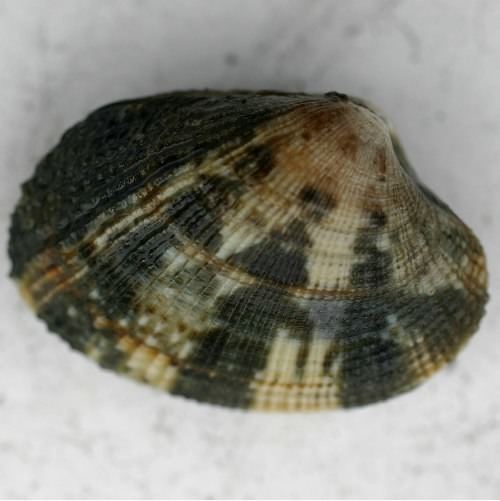 | ||
Similar Meretrix lusoria, Clam, Shellfish, Kal‑guksu, Cyrenidae | ||
Asari funny cat
Venerupis philippinarum is an edible species of saltwater clam, a marine bivalve mollusk in the family Veneridae, the Venus clams.
Contents
- Asari funny cat
- Seafoods mukbang manila clam and baby octopos
- Description
- Possible misidentifications
- Habitat
- Life history
- Predators
- References
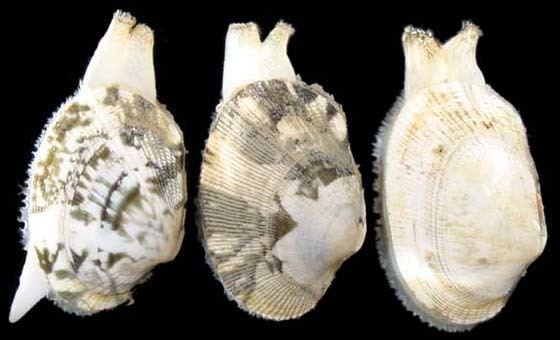
The common names of the species include "Asari" (after its Japanese name), "Japanese littleneck", "Manila clam", "steamer clam", "Filipino Venus", "Japanese cockle", and "Japanese carpet shell".
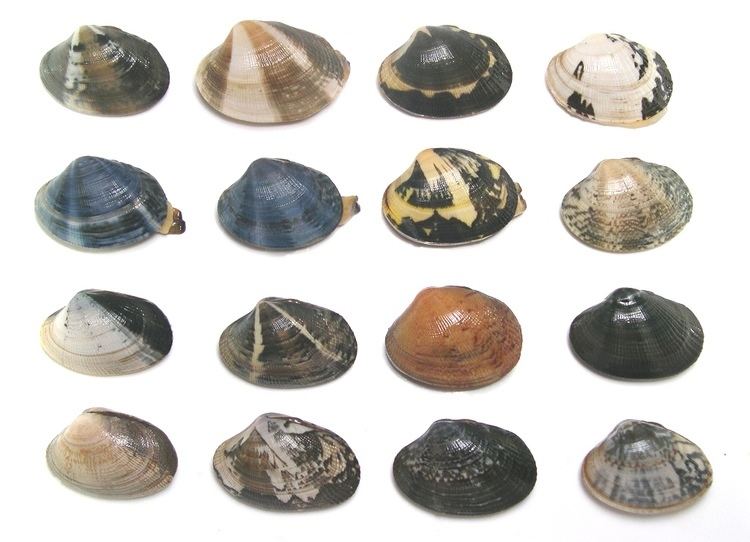
Seafoods mukbang manila clam and baby octopos
Description
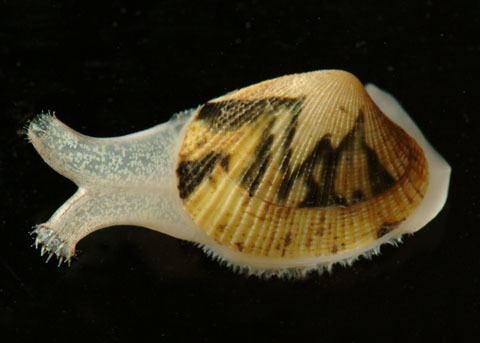
The shell of Venerupis philippinarum is elongate, oval, and sculptured with radiating ribs (Morris, 1980). It grows to 7.5 cm (3.0 in) across and 3.5 cm (1.4 in) in width. The color is highly variable: it is commonly grayish, greenish, brownish, yellow or buff with distinct dark or light colored, with triangular mottled markings that begin at the umbo and disperse outwards. The true color can be distorted by dark gray staining, caused by anoxic mud. The foot of live specimens is an orange color.
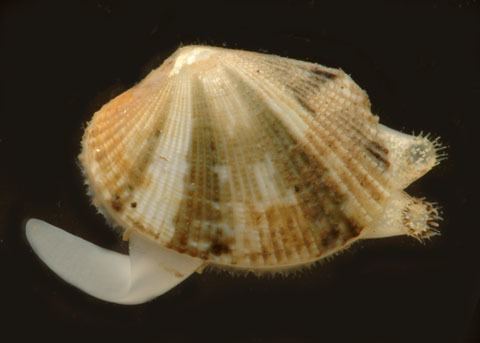
The features most diagnostic for the identification of this species are the following: that the inner ventral margin of the shell is smooth; the ligament is prominent and elevated above the dorsal margin. In the living animal, the siphons are separated at the tips (Carlton, 2007). Water is drawn in and out of a clam by siphons that protrude from the posterior end of the shell. In this species, the siphons are mostly fused, and are only separate at the tips. The siphons are short relative to some other clams, which means that the clam lives burrowed only a shallow distance under the surface of the substrate. Short siphons are what inspire the common name “littleneck clam”.
Possible misidentifications
In western North America, this species is often confused with Protothaca staminea, however, V. philippinarum shells are more elongate than P. staminea. Internally, V. philippinarum has yellowish valves, with a purple suffusion near the posterior margin. Protothaca staminea lacks this purple suffusion. This species may be found together with Protothaca staminea, but tends to reside at slightly higher tide levels.
Habitat
This species is native from southern Siberia to China. It was introduced to the West Coast of North America with oyster spat from Japan and now occurs from the British Columbia Coast to the Central Coast of California and Marina del Rey. It lives from the mid to low intertidal zone in bays and estuaries, in mud, sandy mud and cobble, buried 2–4 cm (0.79–1.57 in) below the surface. Common in the Philippines, hence its species name.
Life history
V. philippinarum breeds in the summer. Larvae then continue to grow slowly (especially in areas of crowding), reaching maturity at 1–2 cm (0.39–0.79 in), and will live from 7–10 years. A non-native species, V. philippinarum was introduced during the 1930s, brought over from Japan with oyster spat from Japanese oysters. It is now extremely common amongst the Pacific coast, and is highly prized for food (Morris, 1980). V. philippinarum is also capable of withstanding salinities as low as 30-50 percent of that of pure seawater, and can tolerate levels of high pollution.
Predators
Predators include moon snails (Euspira lewisii), the Atlantic oyster drill (Urosalpinx cinerea), Dungeness crab (Metacarcinus magister), red rock crab (Cancer productus), bat rays (Mylobatus californicus), flounder, sturgeon, willet (Tringa semipalmata), ring billed gulls (Larus delawarensis) and raccoons (Procyon lotor) among others, and the European green crab (Carcinus maenas)
